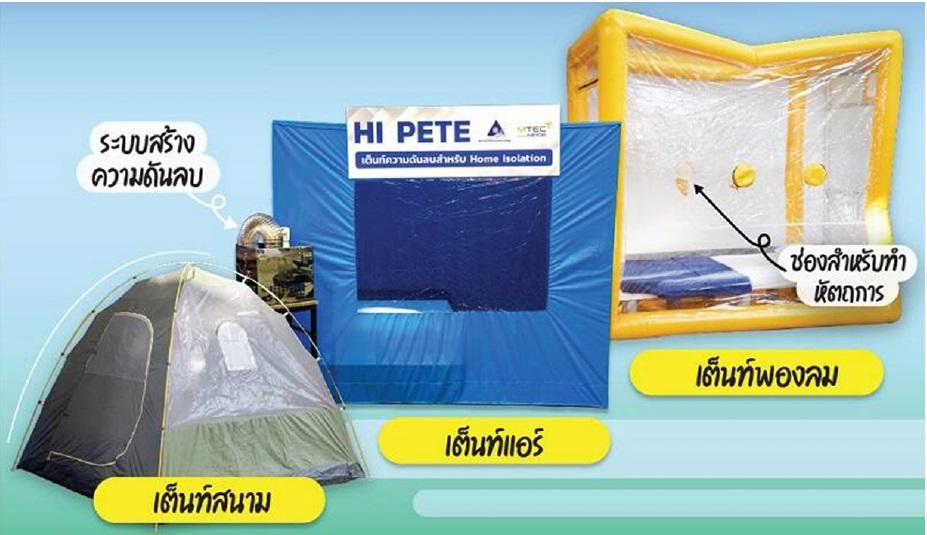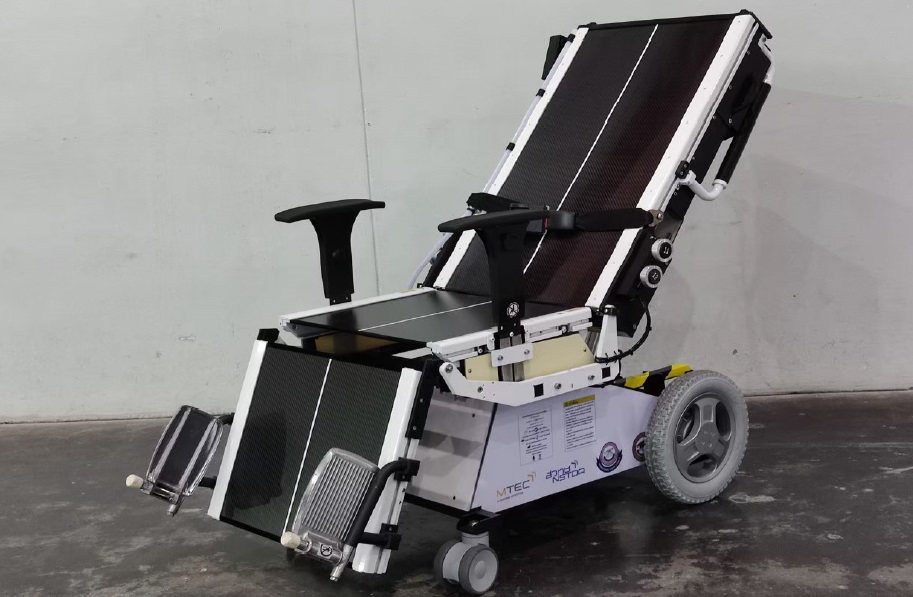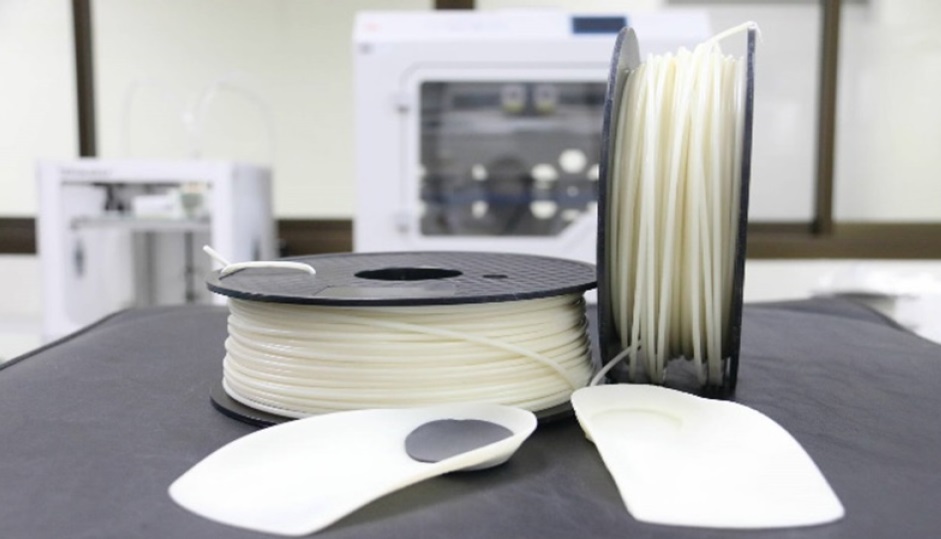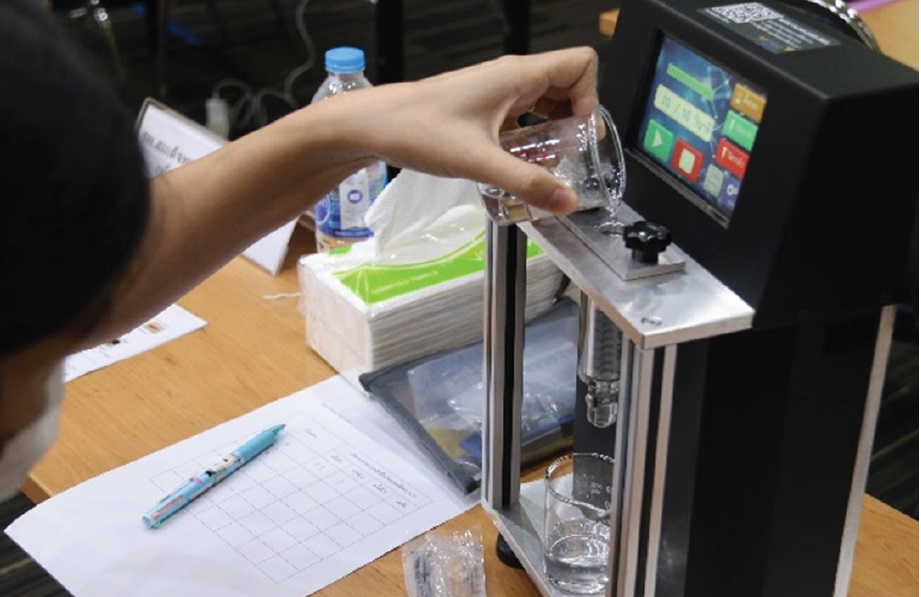แผนการดำเนินงานสำคัญ Health and Wellness
MTEC on Health and Wellness
Health and Wellness is one of the 17 Sustainable Development Goals (SDGs) of the United Nations. It is a $4.5 trillion industry by 2022 and a global development agenda to be achieved by 2030 estimated by Global Wellness Institute.
Currently, Thailand is stepping into an aged society, thus health and wellness issue is more critical than ever. MTEC, therefore, places importance on health and wellness operations, which is one of its five research approaches based on the Domains of Utilization.
MTEC’s works in response to Health & Wellness enhancement can be classified into four main groups as follows:
- Elderly, patients, and people with disabilities care and assistance systems or equipment: the integration of knowledge in materials science engineering design and human-centric design towards the development of systems and equipment for the elderly in their daily life and the caregivers to help reduce the workload. The device is user-friendly and suitable for the Thai body and their daily life.
- Orthotics molded with 3D printing: the development and application of knowledge of materials synthesis, 3D printing technology, biomechanics, ergonomic design, and mechanic design of equipment with a control system to develop prosthetics and assistive devices to create an environment that reduces the risk or relief severity of accidents in everyday life.
- Replacement material/bone reinforcement: the development and application of materials synthesis, structural design and additive manufacturing (Inkjet, DLP) modularization, cell encapsulation and drug delivery, and tissue engineering to obtain a material, which has properties, shapes, or structures that aid in growth cell and tissue growth.
- Niche food and food for patients and the elderly: the development and application of rheology knowledge of food structure design and the study of the relationship between food structure and digestion process in the development of food additives or substitutes with texture modulation in order to get foods with special properties as required, such as gluten-free, fat-free, low-sodium, low-nitrate, or easy-to-chew foods for the elderly or patients that they still perceive the same taste of consuming.
In the fiscal year 2022, MTEC has created key contributions to health and wellness as follows:

Patient Isolation and Transportation Chamber (PETE) and Patient Isolation Chamber for Home Isolation (HI PETE)
‘PETE’ Patient Isolation and Transportation Chamber uses for transporting patients with respiratory infections such as COVID-19, influenza, and tuberculosis with 99.995% filtration efficiency. The ‘PETE’ consists of a clear plastic capsule (called chamber) that fits the patient’s body and can be put into an X-ray machine and an CT scan. The chamber is lightweight and can be folded into a bag, which can be easily handled and reinstalled, especially in the ambulance. It has a compartment for performing procedures and inserting medical equipment for critically ill patients. PETE is made of materials and spare parts that are available within the country. The device has passed the safety standard of medical devices and has been listed on the Thai innovation list.
Patient Isolation Chamber for Home Isolation (HI PETE) is an extension of the ‘PETE’ Patient Isolation and Transportation Chamber. ‘HI PETE’ is a tent for isolating patients for Home Isolation designed for “green patients” or used for field hospitals to isolate or quarantine patients who are at risk of spreading respiratory infections. The tent is lightweight and easy to relocate, and its size can be adjusted to fit into the room. It also has a window for patients to communicate with the medical personnel, thus reducing the chance of infection between patients and the medical personnel. HI PETE is available in 3 models, namely, the COMPACT model, the BALLOON model, and the GRANDE model. All 3 models use the same negative pressure box to control cost with effective negative pressure air exchange rates and filtration efficiency. The device has passed the safety standard for electrical systems of medical devices and the electromagnetic compatibility testing standards.

RT Wheelchair (Radiological technology wheelchair)
RT Wheelchair or Radiological technology wheelchair helps facilitate the relocation of the patient or the elderly with limited mobility. This work results from the collaboration between Naresuan University and the National Science and Technology Development Agency (NSTDA). RT Wheelchair has improved its features conforming to the needs of patients, especially the elderly. It also modified the material to support the patient body, with a mechanism to adjust the backrest, lie down and sit up & down, as well as adjust the drive system to turn in a narrow circle. The device has passed the electrical standards for medical devices IEC 60601-1 and the electrical compatibility, as well as clinical testing at Phitsanuwet Hospital, Phitsanulok Province, for future development.

Personalized orthotics molded with 3D printing technology
MTEC has developed medical devices, such as insoles in individual shoes and spinal support equipment for scoliosis patients to help treat and correct deformities of the soles of the feet and spine that affect balance and movement of the body. The insoles in these personalized shoes are the most in-demand accessories because feet are the most used part of the body in people’s daily life. Currently, the research is in the process of expanding the widespread use of 3D-printed insoles for personalized shoes, and developing a mobile application for photographing feet to create 3D models and a 3D printing to support a spinal.

The prototypes of Flow Tester and Fork Tester
Dysphagia is caused by deterioration of the internal organs of the mouth or certain diseases, such as the throat or oral cancer, Parkinson’s, Alzheimer’s, brain atrophy, and cerebrovascular disease. One approach to solve these problems is to choose viscous beverages and foods that are tailored to the patient’s texture to reduce the chance of choking, however, food may stick to the pharynx and into the trachea, causing lung infections.
In response to these issues, MTEC has thus developed a Flow Tester and a Fork Tester to determine the viscosity of beverages and the texture of food conforming to IDDSI standards (International Dysphagia Diet Standardization Initiative). These devices would assisst in selecting beverages and food according to the patient’s swallowing ability. They are useful for hospitals and related agencies, such as the rehabilitation of patients, institutions, and food company for the elderly who wants to label their developed products. Moreover, on May 2022, MTEC organized training and delivered the prototype device to 10 agencies that specialize in food preparation for people with dysphagia for preliminary trials before a further expansion in the future.
